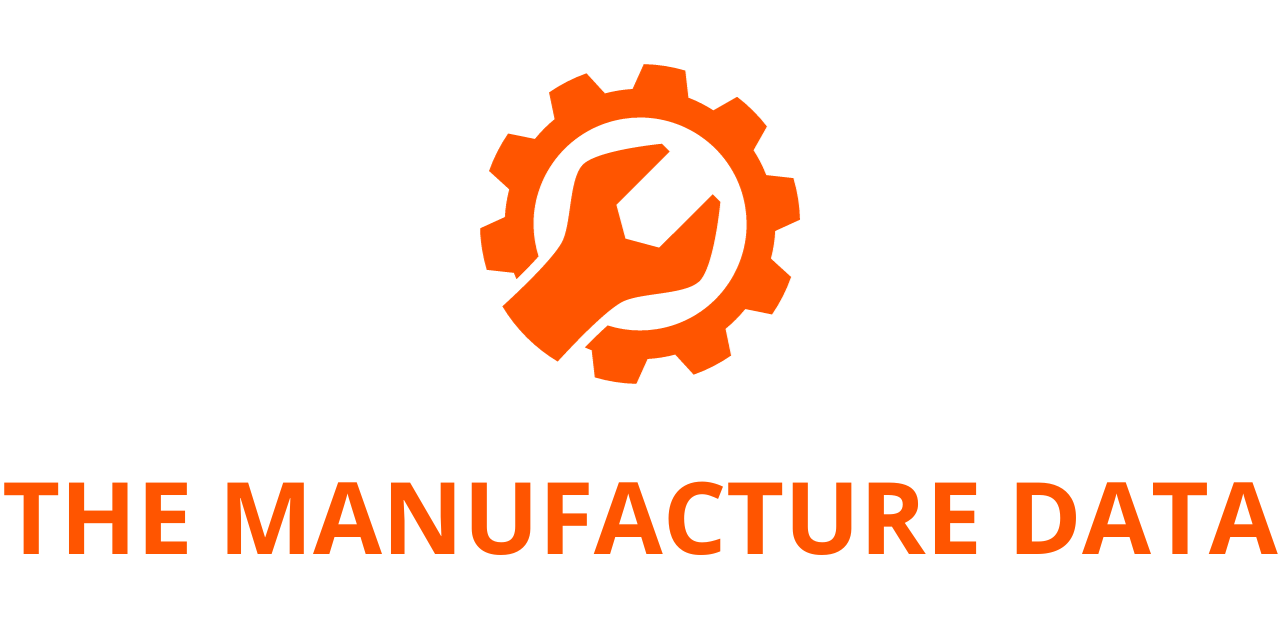
GE HealthCare Reports Strong Q2 2025 Results, Raises Full-Year Outlook Amid Growth and Innovation
GE HealthCare has announced its financial results for the second quarter ended June 30, 2025, highlighting continued strength in orders, revenue, and strategic innovation across all business segments. The company delivered solid operational performance and raised its full-year 2025 guidance on the back of robust customer investments, improving margins, and effective cost management.
Leadership Commentary
Peter Arduini, President and CEO of GE HealthCare, expressed optimism about the company’s performance. “We were pleased with solid orders and revenue performance in the second quarter across all segments, reflecting healthy customer investment in capital equipment,” he stated. “We also reported strong earnings performance while leveraging our lean capabilities and demonstrating progress on tariff mitigation. Overall, we believe we are driving long-term value through our strategic priorities and are well positioned operationally.”
Financial Highlights: Q2 2025
GE HealthCare’s second quarter revenue reached $5.0 billion, marking a 3% increase on a reported basis and 2% on an organic basis compared to the same quarter in 2024. This growth was primarily driven by solid performances in key geographies, especially the United States and EMEA (Europe, the Middle East, and Africa).
The company reported a total book-to-bill ratio of 1.07, reflecting strong order intake. Organically, total company orders also grew by 3% year-over-year.
Net income attributable to GE HealthCare rose to $486 million, up from $428 million in the same period last year. Adjusted EBIT stood at $729 million, slightly down from $742 million in Q2 2024, primarily due to the impact of higher tariffs, which was partially mitigated by productivity gains and higher volumes.
Net income margin improved by 80 basis points year-over-year to 9.7%, thanks to lower tax and interest expenses. However, the Adjusted EBIT margin declined to 14.6% from 15.3%, also due to the impact of new tariff structures.
Diluted earnings per share (EPS) increased to $1.06 from $0.93 in the prior year, reflecting strong bottom-line growth. Adjusted EPS also came in at $1.06, compared to $1.00 a year ago.
Cash flow performance also saw a marked improvement. Cash flow from operating activities totaled $94 million, up by $213 million year-over-year. Free cash flow improved significantly to $7 million, an increase of $189 million over the prior year period.
Strategic Innovation and Growth Initiatives
Arduini emphasized GE HealthCare’s leadership in nuclear medicine and radiopharmaceuticals. “Our differentiated capabilities in nuclear medicine position us to lead in this emerging field across disease states. In the second quarter, we saw increased demand for our radiopharmaceutical products, including Vizamyl, Cerianna and Flyrcado, and we secured our largest-ever order of Omni Legend PET systems in the U.S.”
The company continued to innovate and launch products that enhance precision medicine and AI-driven healthcare solutions. Notable developments and product launches in the quarter included:
- A strategic partnership with Ascension to drive technology advancement and improve healthcare delivery.
- GE HealthCare topped the FDA’s AI authorization list for the fourth consecutive year with over 100 authorizations.
- The FDA expanded the indications for Vizamyl, a PET imaging agent used in Alzheimer’s care.
- Advances in cardiac diagnostics and molecular imaging were showcased at SNMMI 2025.
- Collaborations with leading institutions like Stanford Medicine to enhance total body PET/CT technology.
- Launch of CleaRecon DL, an AI-powered 3D image reconstruction tool for interventional imaging.
- FDA 510(k) clearances for Aurora, a new dual-head SPECT/CT system, and Clarify DL, a deep learning image reconstruction platform.
- The introduction of MIM Encore™ to improve digital imaging workflows and clinical precision.
- Updated NCCN guidelines recommending the use of FES PET imaging for lobular breast cancer, reflecting the growing adoption of GE HealthCare’s technology in oncology.
Revised Full-Year 2025 Outlook
Reflecting continued momentum and favorable macroeconomic trends, GE HealthCare has raised its full-year 2025 financial guidance. The updated outlook includes:
- Organic revenue growth of approximately 3%, raised from the previous range of 2%–3%.
- Adjusted EBIT margin forecast of 15.2% to 15.4%, slightly down from the 2024 margin of 16.3%, but an improvement from earlier guidance of 14.2% to 14.4%.
- Adjusted effective tax rate (ETR) in the range of 20% to 21%, lowered from the previous range of 21% to 22%.
- Adjusted EPS in the range of $4.43 to $4.63, which includes an estimated $0.45 headwind from tariffs. This is an increase from the earlier projected range of $3.90 to $4.10.
- Free cash flow is now expected to be at least $1.4 billion, up from the prior guidance of at least $1.2 billion.
Impact of Tariffs
The revised outlook accounts for updated tariff structures set to take effect in August 2025. These include:
- U.S. tariffs on Chinese imports rising to 54%.
- Chinese tariffs on U.S. goods rising to 34%.
- New U.S. reciprocal tariffs of 15% on products from the EU and Japan.
- Increases on imports from Mexico and Canada to 30% and 35% respectively, while USMCA exemptions remain in place.
- A return to pre-pause tariff levels for other impacted geographies, with increases exceeding 10% as formally communicated.
The company has actively worked to mitigate the financial impact of tariffs through strategic sourcing and productivity measures.
Use of Non-GAAP Financial Measures
GE HealthCare emphasized the importance of non-GAAP financial measures to offer investors better insight into underlying operational performance. These measures—such as Organic revenue, Adjusted EBIT, and Free cash flow—are designed to provide a normalized view of financial health, stripping out one-time items and currency fluctuations.
The company also reiterated that these non-GAAP metrics are supplemental and not a substitute for GAAP results. Detailed reconciliations and definitions were included in the accompanying financial statements.




